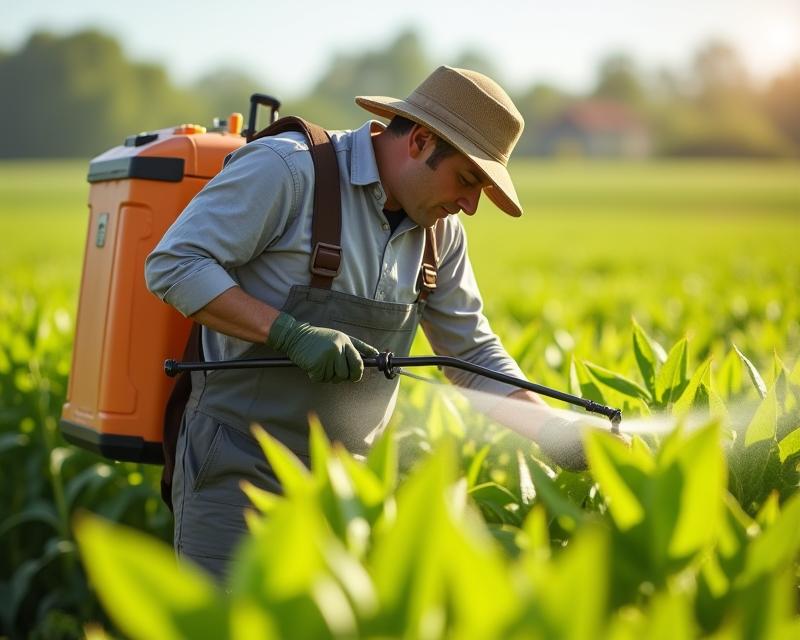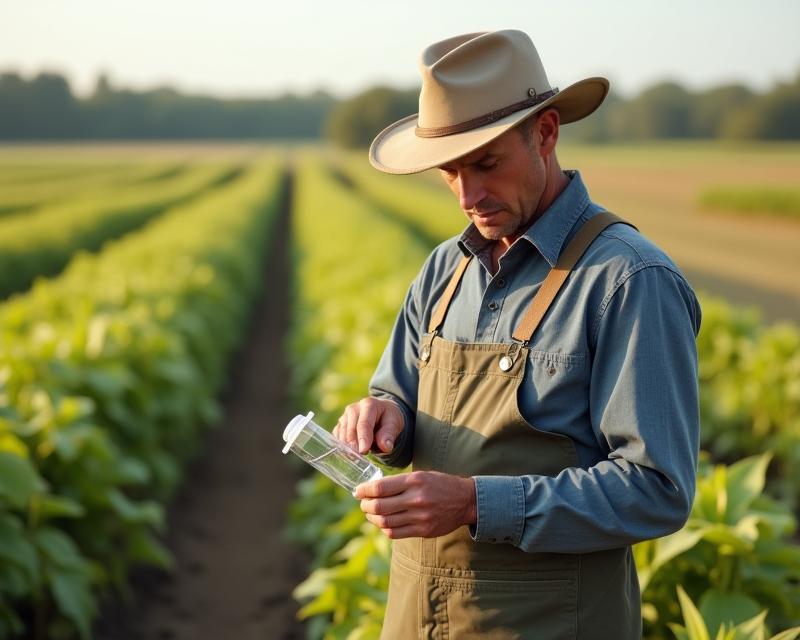Pesticides: Separating Fact from Fiction
Publish in Agriculture el 04/07/2025 01:08
Pesticides: Separating Fact from Fiction
For farmers, gardeners, and ranchers, protecting crops and livestock from pests is a daily challenge. Pesticides are often a key tool in achieving this, but they also frequently face public scrutiny and a lot of misinformation. It's important to understand the science behind pesticide use, separate fact from myth, and be aware of current regulations. This article aims to provide a clear, balanced look at pesticides, helping you make informed decisions for your operation.

The Public Perception vs. Scientific Evidence
Public perception of pesticides is often colored by fear and sensationalized media reports. Many concerns are based on misconceptions rather than solid scientific evidence. While it's true that some pesticides *can* pose risks if misused, modern pesticide development and regulation have significantly reduced those risks compared to older generations of chemicals. Scientific studies, conducted over decades, consistently evaluate the safety of pesticides before they are approved for use. These studies consider potential impacts on human health, wildlife, and the environment.
Debunking Common Myths
Let's tackle some common myths surrounding pesticide use. One frequent misconception is that all pesticides are created equal. In reality, there are many different types of pesticides, each with its own mode of action, target pests, and toxicity profile. Some are designed to be highly targeted, affecting only specific insects or weeds, while others have broader applications. Another myth is that pesticide use automatically leads to widespread environmental damage. Modern regulations require careful application methods, buffer zones, and restrictions on certain chemicals to minimize environmental impact. Furthermore, integrated pest management (IPM) strategies, which combine various control methods including biological controls, cultural practices, and targeted pesticide applications, are becoming increasingly popular and effective.
Modern Regulations & Responsible Use
The Environmental Protection Agency (EPA) plays a crucial role in regulating pesticides in the United States. The EPA rigorously evaluates pesticide applications, setting maximum residue limits (MRLs) for food crops. These MRLs are legally enforceable limits on the amount of pesticide residue allowed on food. Farmers who use pesticides are legally obligated to follow label instructions precisely. This includes proper application rates, timing, and safety precautions. Staying informed about the latest regulations and best practices is essential for responsible pesticide use. Resources like the EPA website and your local agricultural extension office offer valuable information and training programs. Remember, responsible pesticide use is about protecting your crops, your health, and the environment.
Looking Ahead
The conversation around pesticides is constantly evolving. Research continues to refine our understanding of pesticide impacts, and new technologies are emerging. By staying informed, relying on scientific evidence, and adopting best management practices, farmers, gardeners, and ranchers can continue to utilize pesticides responsibly to ensure sustainable and productive operations. Don't hesitate to consult with your local extension agent or a certified crop advisor for personalized guidance.





